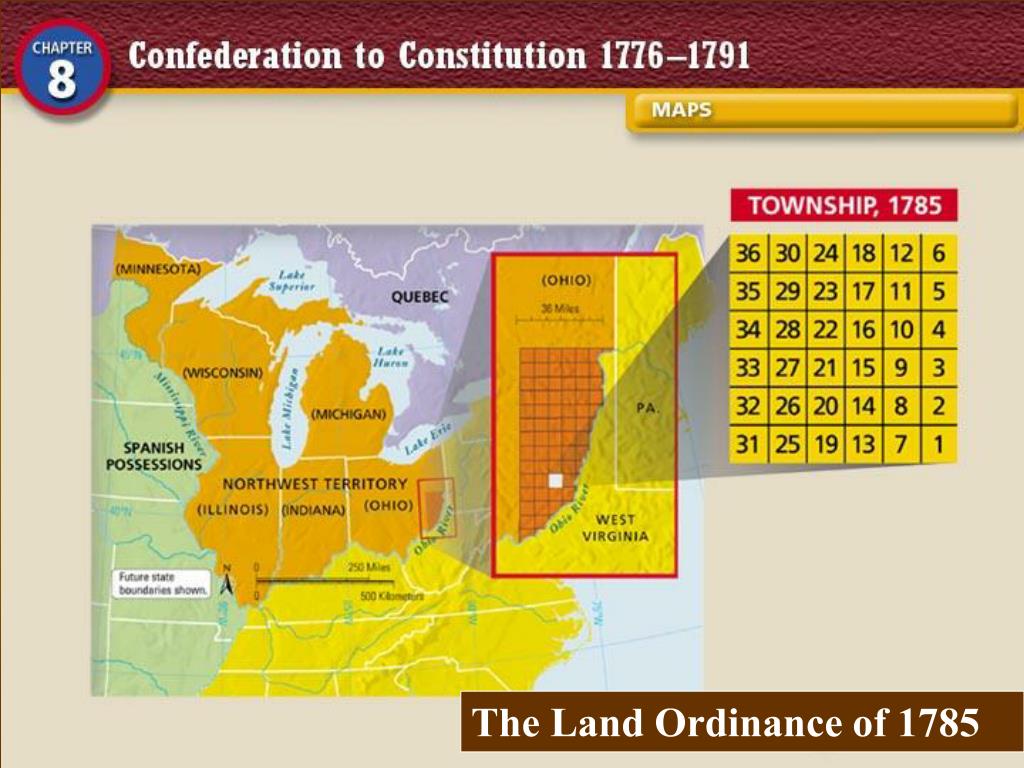
Historic accounts indicate the Anishnabeg people migrated from the “Great Salt Sea” to the east, followed the northern and eastern shore of Lake Huron to Sault Saint Marie, and then traveled the western shore of Lake Huron. The Anishnabeg Indians did not originally inhabit the Great Lakes region. Prior to European settlement in the current State of Michigan, the Anishnabeg people, commonly referred to as the Ojibwa or the Chippewa Indians, inhabited the western half of the Lower Peninsula and the Upper Peninsula of Michigan. Edwards Township’s history is intertwined with the rich cultural heritage of neighboring townships. Because of the federal government’s involvement in the sale of public land, this document was included in the committee’s records.Every township has historic and cultural resources that usually contribute to a sense of pride and place, as well as providing definition and direction for the future. The Committee on Public Lands was created in 1805.

The Land Ordinance of 1785 laid the foundation for how western lands were surveyed and sold until the Homestead Act of 1862.


Furthermore, it generated income for the government as new settlers purchased land. It provided for land surveys and specified that tracts should be divided into “townships of six miles square.” This standardization of federal land surveys reduced boundary disputes and was intended to encourage westward expansion. The Land Ordinance of 1785, enacted by the Confederation Congress, defined how ownership of the vast lands in the Northwest Territory would be legally transferred from the federal government to states and individual landowners.


 0 kommentar(er)
0 kommentar(er)
